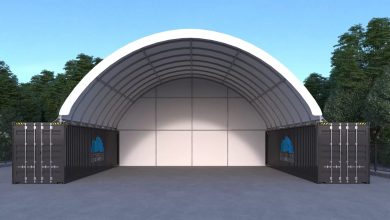The Future of Sustainable Website Design

Why sustainability matters to your business
Sustainability in business refers to meeting your consumers’ needs and the needs of your shareholders without depleting natural resources. For companies to have a positive impact on society and the environment, they need to dedicate time and money toward developing strategies that make their business more sustainable.
Sustainability is critical because it enhances trust with customers, employees, and business investors while protecting our environment. Some of the different benefits include the following:
- Reduced costs
- Increase competitive advantage
- Energy efficiency improvement
What is a sustainable website?
A sustainable and eco-friendly website is one that aims to use the lowest amount of energy possible, both in terms of the user’s device and server use. It aims to only use content and imagery that is deemed a necessity and for the imagery to be well-optimised.
The future of sustainable website design
A lot of people tend to consider the likes of single-use plastic and turning the lights off when it comes to sustainability. However, it goes a lot further than this. Whenever a website is accessed, energy is used, and it is important that all businesses look for ways to lower energy usage without compromising the quality of the website.
So, how are some of the different ways that this can be achieved?
Development
Let’s start by taking a look at the website development trends and changes we expect for the future. Page speed is an obvious point here. If your website is quick to load because it does not have as much data, it will reduce your carbon footprint while also boosting user experience in the process.
We’re also going to see more compression tools on the market and greater adoption of these. This is a great way of lowering the size of media files without compromising the quality of your website. You may also want to look into CSS sprites if you have a lot of icons or images on your website. You can also optimally load images with lazy loading, which means images are only loaded when a user needs them.
Design
We are also going to see some significant changes when it comes to website design. The correct design can stop unnecessary energy consumption. For instance, making sure your site does not load extraneous content is a big step here.
The mobile-first approach is something we have already seen a lot of, and this is only going to be enhanced as we look to create more sustainable websites. Optimised websites will not load oversized media on smartphone devices. They are programmed in such a manner that desktop versions do not need to be overwritten and rather are directly optimised for use on smaller devices.
Websites are also going to get smaller in terms of total page count. After all, the lower the number of pages, the fewer data requests are sent, and this is imperative in terms of reducing the environmental impact of your website.
Hosting
A lot of hosting providers have understood the environmental impact of the Internet, and they are now using renewable energies to provide their services.
We cannot deny that hosting uses a huge amount of energy, causing significant CO2 emissions. This is why we expect to see greener hosting solutions in the future.
So there you have it: everything that you need to know about sustainable website design and creating a sustainable website in the future and in turn, aid our planet.





